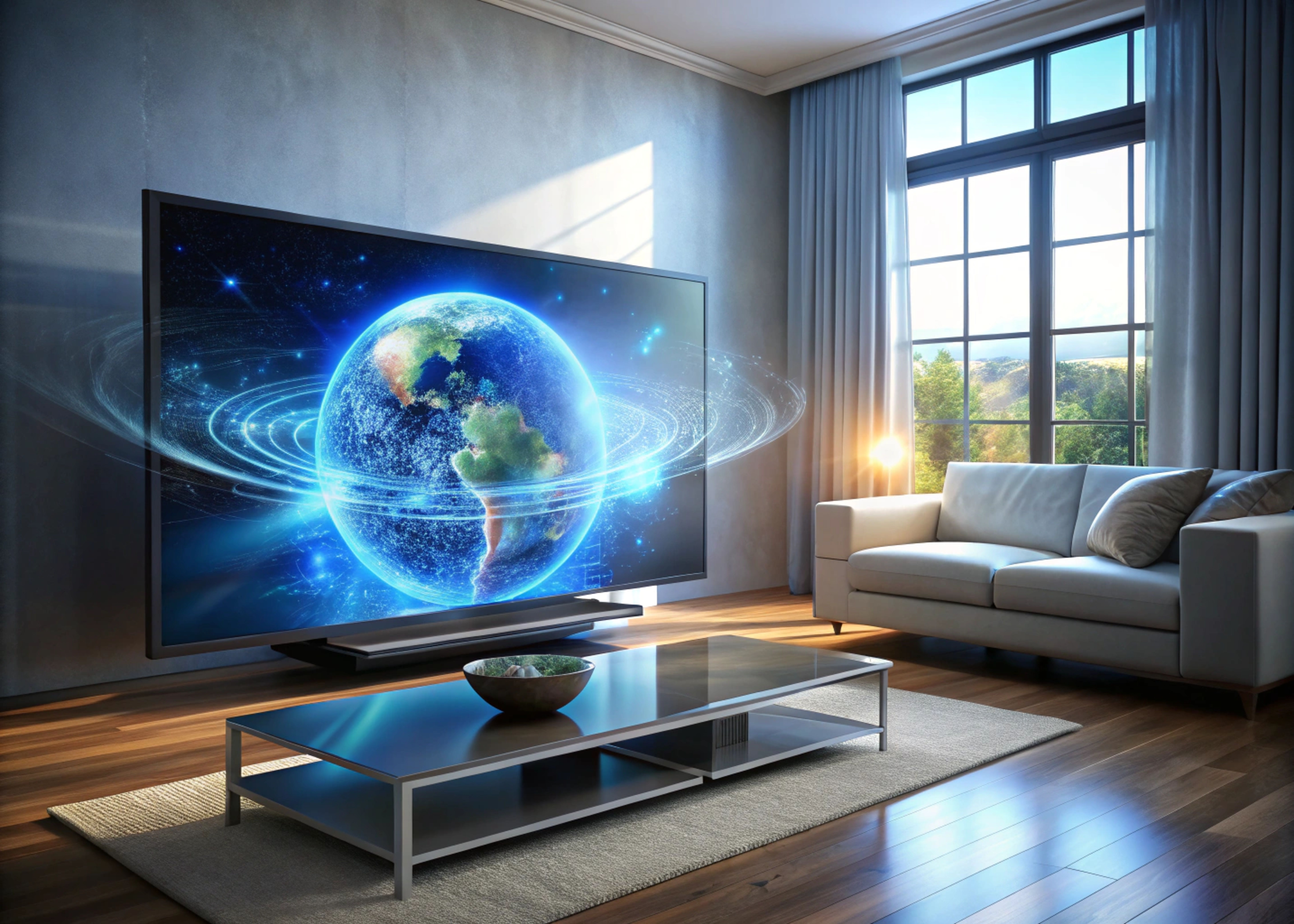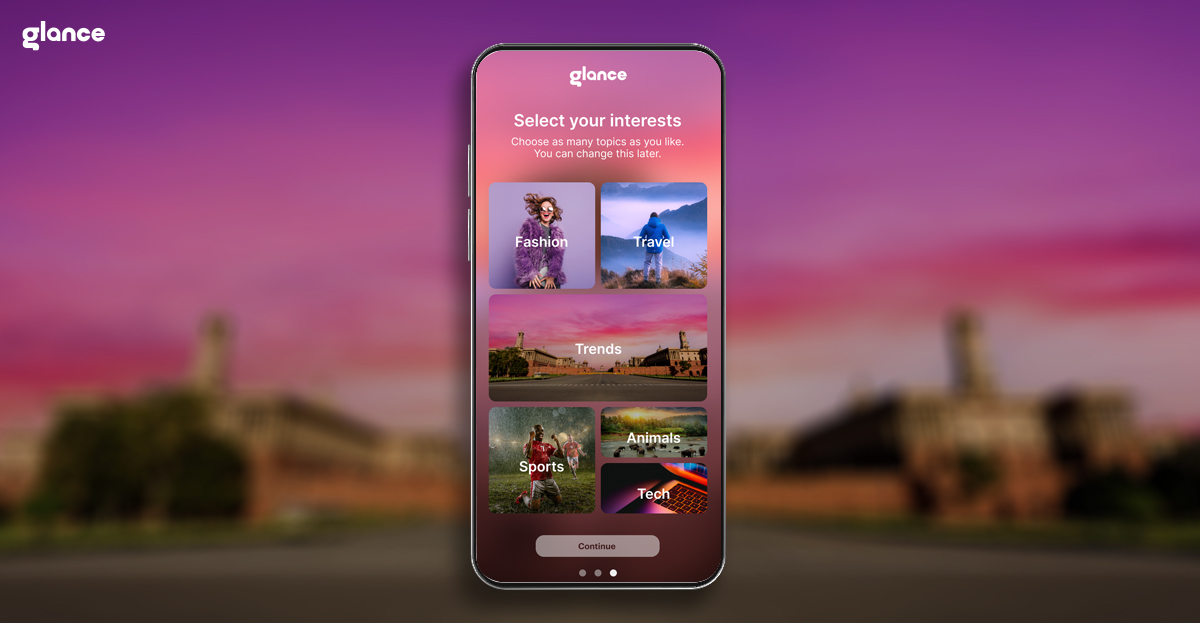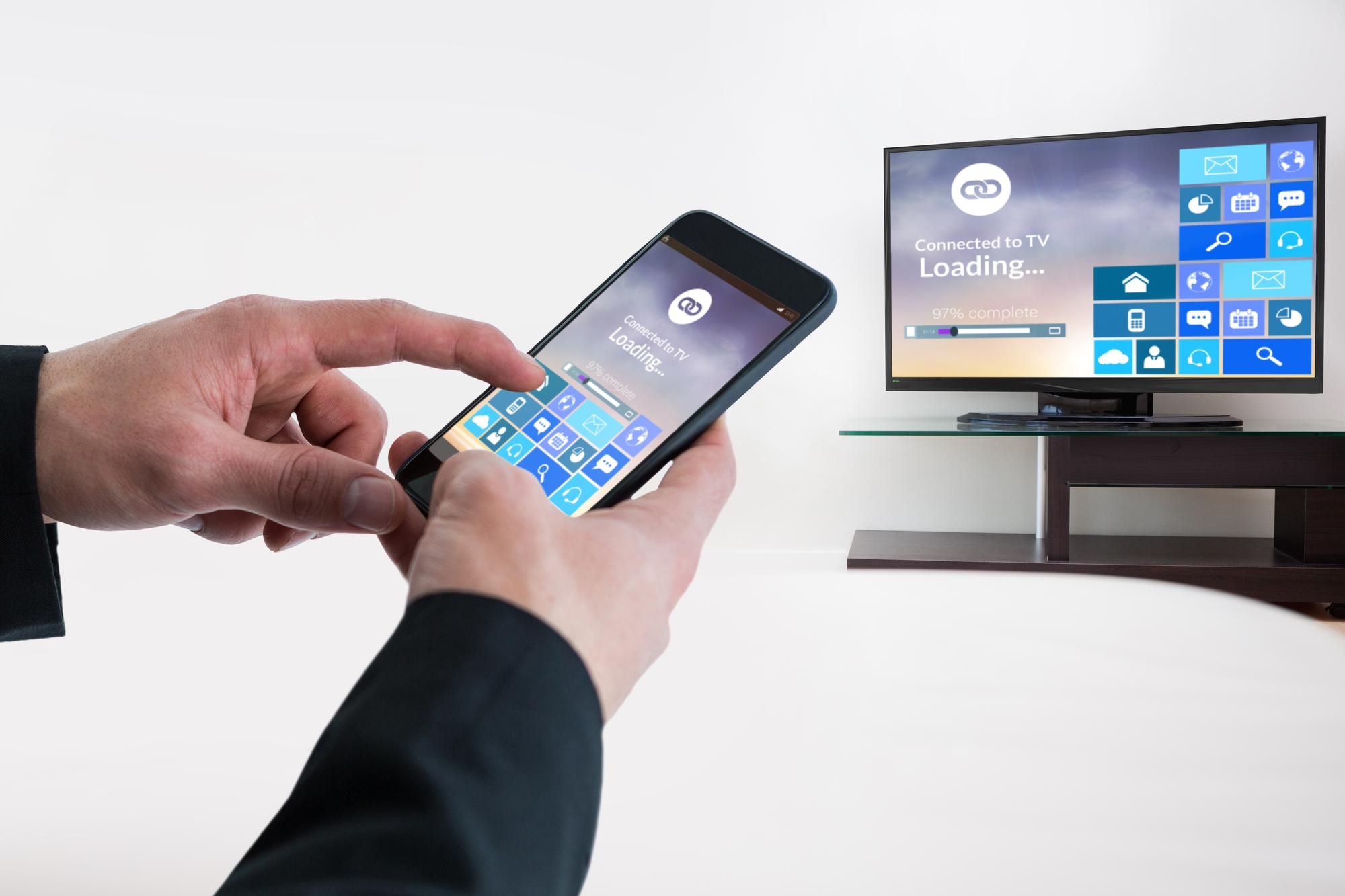Turning Your Smart TV's Idle Screen into a Hub of Live Updates & Trending Content

Introduction: The Evolution of the Idle Screen
What if your television could do more than just entertain you when you're actively watching it? Today's smart TVs have transformed what was once a static idle screen into a dynamic, AI-driven content hub that continues to provide value even when you're not actively watching programs. These displays now serve as always-on portals to information, entertainment, and smart home controls.
Smart TV platforms including Glance TV, Google TV, Samsung AI TVs, and Roku City are leading this transformation, turning previously underutilized idle screens into some of the most important interfaces in your home. This shift represents a fundamental change in how we think about our televisions – from devices we turn on when we want to watch something to ambient information displays that provide continuous value.
Why Idle Screen Technology Matters More Than Ever

The idle screen has evolved from a power-saving necessity to a central feature of the smart TV experience. Several factors explain why this previously overlooked aspect of television design has become increasingly important:
From static to dynamic: Traditional displays showed floating logos or basic imagery when inactive. Today's smart TVs display real-time content feeds with news, sports scores, weather updates, and trending topics that change throughout the day.
Personalization through AI: Modern idle screens use sophisticated algorithms to adapt content to user preferences. The more you interact with your TV, the better it becomes at showing information that matters to you when not in active use.
Enhanced engagement: By providing valuable content even when you're not actively watching a program, smart TVs maintain a constant presence in your home environment. This increases overall engagement with the device beyond traditional viewing sessions.
Convenience factor: Glancing at your TV to check the weather, news headlines, or smart home status has become as natural as checking your phone, creating a convenient information hub without requiring you to navigate through apps or menus.
Top Innovations Transforming Smart TV Idle Screens

1. Glance TV: AI-Powered Idle Screen Content
Discover the potential of your Smart TV with Glance. This innovative technology lets you stay effortlessly updated with news, sports, weather, and more—even when you're not watching TV.
What it offers: Glance transforms your TV's idle screen into a personalized content hub. It's more than just updates; it's a lifestyle that brings everything from recipes to headlines to updates without requiring you to search.
Key Features:
- Always on, always fresh: Instant updates with real-time refresh - so you're always in the know
- Visual experience: Instant updates with stunning visuals that keep you informed in real time, even when your TV's idle screen is active
- Personalized content: Smart, seamless, yours - personalized with the smartness of AI just to give you what you love the most
How it stands out: Glance creates a fully interactive idle screen experience that makes your display feel alive rather than dormant, delivering an experience that's intelligent, beautiful, and uniquely tailored to each user.
2. Google TV's Idle Screen & Smart Home Features
Google TV has implemented some of the most comprehensive idle screen features, particularly focused on smart home integration and sports content.
What it offers: Google's platform turns your TV into a control center for smart home devices while providing personalized content feeds.
Key Features:
- Live sports tracking: Real-time scores and personalized highlights from favorite teams
- Ambient displays: News, weather, and trending topics that update continuously
- Integrated voice control: Google Assistant functionality directly from your television interface
How it stands out: Google TV combines entertainment, smart home control, and AI-powered recommendations in a unified experience that serves as the central hub for the entire home ecosystem.
3. Samsung's Intelligent Idle Screen Technology
Samsung has positioned its newest TVs as "intelligent companions" that provide value through enhanced idle screen functionality.
What it offers: Samsung's platform turns the TV into a home monitoring system with personalized content feeds.
Key Features:
- Home monitoring: Real-time safety alerts and home automation controls
- Enhanced visuals: AI-improved picture and sound quality even for ambient content
- Daily briefings: Information updates based on user schedule and preferences
How it stands out: Samsung has designed its TV experience specifically for smart home integration and security, making the television a central monitoring hub even when not actively watched.
4. Roku City's Enhanced Idle Screen Design
Roku has taken a more entertainment-focused approach to the idle screen with its popular Roku City screensaver.
What it offers: An upgraded 4K resolution display with interactive elements and Easter eggs that change regularly.
Key Features:
- Themed backgrounds: Movie and seasonal variations that refresh the experience
- Content discovery: AI-driven recommendations embedded within the viewing experience
- Subtle animations: Visual elements that make the display engaging without being distracting
How it stands out: Roku emphasizes visual appeal and entertainment value in its approach, creating an experience that's enjoyable to watch even when not using the TV for regular programming.
Comparing Top Idle Screen Technologies
Here's a comparison of the leading solutions available for smart TVs today:
Feature | Glance TV | Google TV | Samsung | Roku City |
| Real-time Updates | ✓ Instant refresh with stunning visuals | ✓ Regular updates with Google services | ✓ Periodic updates with Samsung services | ✓ Limited updates focused on entertainment |
| Personalization | ✓ Advanced AI-driven personalization | ✓ Google account integration | ✓ Samsung account integration | ✓ Basic preference-based customization |
| Content Types | News, sports, weather, recipes, lifestyle
| News, weather, smart home controls, sports | Home monitoring, news, calendar events | Entertainment recommendations, themed visuals |
| Smart Home | ✓ Basic integration | ✓ Full Google Home ecosystem | ✓ Full SmartThings integration
| ✓ Limited to Roku devices |
| Visual Appeal | ✓ High-quality visuals optimized for idle screens | ✓ Clean Material Design aesthetic | ✓ Samsung's refined UI design | ✓ Animated city with hidden Easter eggs |
| Always-on Features | ✓ Designed for continuous use | ✓ Configurable ambient mode | ✓ Customizable ambient display | ✓ Limited to screensaver functionality |
This comparison highlights how each platform approaches the display experience differently, with Glance focusing on real-time, personalized content delivery while others emphasize integration with their existing ecosystems.
How AI is Powering the Future of TV Idle Screens

Artificial intelligence is the driving force behind the transformation of idle screens from simple power-saving features to dynamic content hubs:
Personalized Content: Advanced AI analyzes viewing habits, app usage, and even time of day to deliver content that's most relevant to users. Glance's AI engine, for example, can determine whether to show news headlines, sports scores, or relaxing imagery based on your typical usage patterns.
Smart Home Integration: AI systems coordinate between TV sensors, connected IoT devices, and user preferences to create a seamless home automation experience. This allows your television to display relevant information about your home environment without manual configuration.
Enhanced User Engagement: Natural language processing and computer vision technologies enable intuitive interactions with displays. Voice commands, gesture controls, and even presence detection allow the TV to respond intelligently to users without requiring remote control.
Content Curation: Machine learning algorithms continuously improve their understanding of what content will be most valuable based on both individual and aggregate user behavior, ensuring the information displayed remains relevant and engaging.
Adaptive Display Technology: AI optimizes brightness, contrast, and even content positioning based on ambient lighting conditions and viewing angles, ensuring the TV remains visible without being distracting or consuming excess power.
Practical Applications for Different Idle Screen Uses
The enhanced idle screen offers different benefits depending on your household setup:
For families: Smart displays can show calendar events, weather alerts for school days, and age-appropriate content recommendations when children are present versus adult content in the evening.
For smart home enthusiasts: The television becomes a dashboard for home automation, displaying temperature readings, security camera feeds, and energy usage statistics without requiring separate monitoring devices.
For news and sports fans: Platforms like Glance can transform your TV into a personalized news ticker and sports scoreboard, providing passive updates throughout the day on topics and teams you care about.
For digital art lovers: The enhanced display functions as a dynamic canvas, showing artwork that changes based on the time of day, ambient lighting, or even your mood as detected through connected devices.
Final Thoughts: The Future of Smart TV Idle Screen Technology
The transformation of the idle screen from a purely power-saving feature to an information hub represents one of the most significant shifts in how we interact with our televisions. As AI continues to advance, we can expect idle screens to become even more intelligent, responsive, and personalized.
Platforms like Glance are leading this evolution by reimagining what's possible when a TV isn't being actively watched – proving that with the right technology, there's no such thing as truly wasted screen time. These innovations point toward a future where the distinction between active viewing and idle states becomes increasingly blurred, with televisions providing continuous value regardless of whether we're sitting down to watch a program or simply passing through the room.
For consumers looking to maximize the utility of their smart TV investment, paying attention to these ambient capabilities may soon become as important as traditional specifications like resolution or refresh rate. The television that's useful even when its idle screen is active represents the future of smart home technology – a future that's already arriving in living rooms today.
Q&A: Common Questions About Smart TV Idle Screen Features
Q1. Can I customize the content shown on my TV's idle screen?
Yes, you can customize your TV's idle screen, often called "Ambient Mode," to show content like personal photos, news, weather, or curated artwork. Platforms like Glance TV and Google TV allow you to select content categories, adjust refresh frequency, and link personal accounts. Settings can typically be accessed via the TV’s menu or companion apps like Google Home or SmartThings for Samsung TVs.
Q2. Does using an AI-driven idle screen consume more power?
Most modern smart TVs include power-efficient modes specifically designed for idle screen functionality. While an active idle screen uses more power than a completely black screen, the difference is minimal on OLED displays and optimized for energy efficiency.
Q3. Will my TV's idle screen show advertisements?
Some platforms integrate promotional content on idle screens, but the trend is toward personalized recommendations rather than traditional advertisements. Glance, for example, focuses on content discovery rather than direct advertising in its idle screen experience.
Q4. Can my TV's idle screen show my personal photos or custom content?
Many smart TV platforms allow integration with photo services or local media to display personal content during idle screen times. This can be configured through your TV's settings menu or companion app.
Q5.Q5. How do I activate these enhanced idle screen features?
For Glance, it comes pre-installed on Airtel Digital TV+ devices. To enable it, go to Settings > Display Options > toggle on "Glance Idle Screen." For other TV brands, check your device's settings menu or user manual for similar options.




